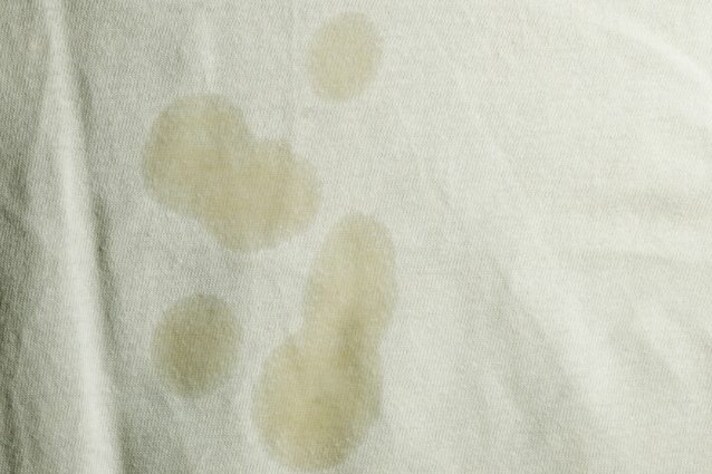
Oil stains don’t come out easily with just water. Because oil repels water, traditional washing methods often fail to lift it completely. The key to removing oil stains is using absorbent and grease-cutting agents that break down the oil molecules before they set into the fabric or surface. The faster you act, the easier it is to remove the stain.
How to Remove Oil Stains from Clothes
Whether it’s an olive oil splash or butter dripped onto your shirt, oil stains need to be treated before washing to avoid setting into the fabric.
- Blot the stain immediately: Use a paper towel or clean cloth to soak up excess oil. Do not rub, as this can push the oil deeper into the fabric.
- Sprinkle baking soda or cornstarch: These powders help absorb oil. Let it sit for at least 15 minutes, then brush it off.
- Apply dish soap: A drop of grease-fighting dish soap (like Fairy Liquid) works well to break down the oil. Rub it gently into the stain using your fingers or an old toothbrush.
- Let it sit for 10 minutes: This allows the soap to penetrate and lift the grease.
- Wash as usual: Use warm water (check the fabric care label first) and a strong detergent. Avoid the tumble dryer until you’re sure the stain is gone, as heat can set it permanently.
For old or set-in stains, repeat the process or use a vinegar and baking soda paste before washing.

How to Clean Oil Stains from Kitchen Surfaces
Cooking oil can leave greasy stains on worktops, stovetops, and even walls. Here’s how to remove it from different kitchen surfaces:
- Granite or marble: Sprinkle baking soda on the stain, let it sit for 10 minutes, then wipe it off with a damp cloth and mild dish soap.
- Wooden surfaces: Use a mixture of white vinegar and warm water to break down grease without damaging the wood. Wipe with a soft cloth.
- Glass or stainless steel: Spray with a mix of equal parts water and white vinegar, then wipe with a microfiber cloth. For stubborn stains, a dab of dish soap helps.
For heavy grease buildup, a small amount of rubbing alcohol can help cut through the oil.
How to Get Oil Stains Out of Upholstery and Carpets
Oil spills on sofas, chairs, or carpets can be tricky, but they’re not impossible to remove.
- Blot with a dry cloth: Absorb as much oil as possible without rubbing it in.
- Apply baking soda or cornstarch: Let it sit for at least 30 minutes to absorb the grease, then vacuum it up.
- Use a mild dish soap solution: Mix a few drops of dish soap with warm water, then dab (don’t scrub) the stain with a cloth or sponge.
- Blot with clean water: Remove soap residue with a damp cloth, then let it air dry.
If the stain persists, repeat the process or use a dry-cleaning solvent for delicate fabrics.
Oil stains may be stubborn, but with the right approach, they don’t have to be permanent. Acting quickly and using absorbent powders, dish soap, and gentle scrubbing techniques can help remove grease from fabrics, surfaces, and upholstery. Next time you have an oil spill, skip the panic. Just grab the right cleaning solution and tackle it effectively.
;Resize,width=767;)
